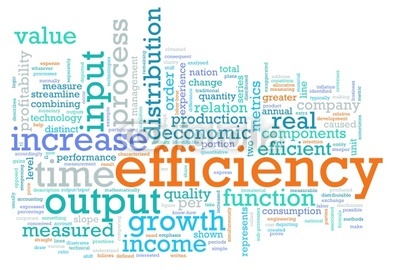
Electronic Medical Records System Streamlines PT Management
Nitin Chhoda shows how physical therapy businesses through the use of electronic medical records, can streamline their practice and drastically improve their productivity and cash flow with relative ease.
 More and more hospitals and doctors’ offices are storing patient data using electronic medical records, which has allowed physical therapy management and patient care to become more streamlined, productive and profitable for the medical practice itself.
More and more hospitals and doctors’ offices are storing patient data using electronic medical records, which has allowed physical therapy management and patient care to become more streamlined, productive and profitable for the medical practice itself.
Improve Efficiency
As the field of medicine continues to get competitive, having the ability to cut costs and improve efficiency are keys to the overall success of a medical practice.
Physical therapy management is now able to implement the benefits of utilizing electronic medical records through their business.
Some of the benefits include:
- Having the ability to identify where unknown problems have crept into office procedures. Physical therapy billing is quite complex. By using electronic medical records to do the work for you, the chance of errors occurring is considerably lowered, which allows the practice to process payments much faster resulting in more cash flow.
- Electronic medical records place a wide range of data at a therapist’s fingertips to evaluate physical therapy management staffing needs and deploy clinicians where they’re most effective.
- Paperwork is destined to become obsolete with electronic medical records that store documents digitally. This will increase productivity and customer service because all medical information is easily accessible
Electronic medical records are revolutionizing medical treatment by putting critical decision support systems in the hands of skilled healthcare professionals, giving them the information they need to make timely decisions.
The future of healthcare will continually keep getting better with the intelligent application of electronic medical records technology, a patient-centered focus and a dedication of skilled medical professionals.




















